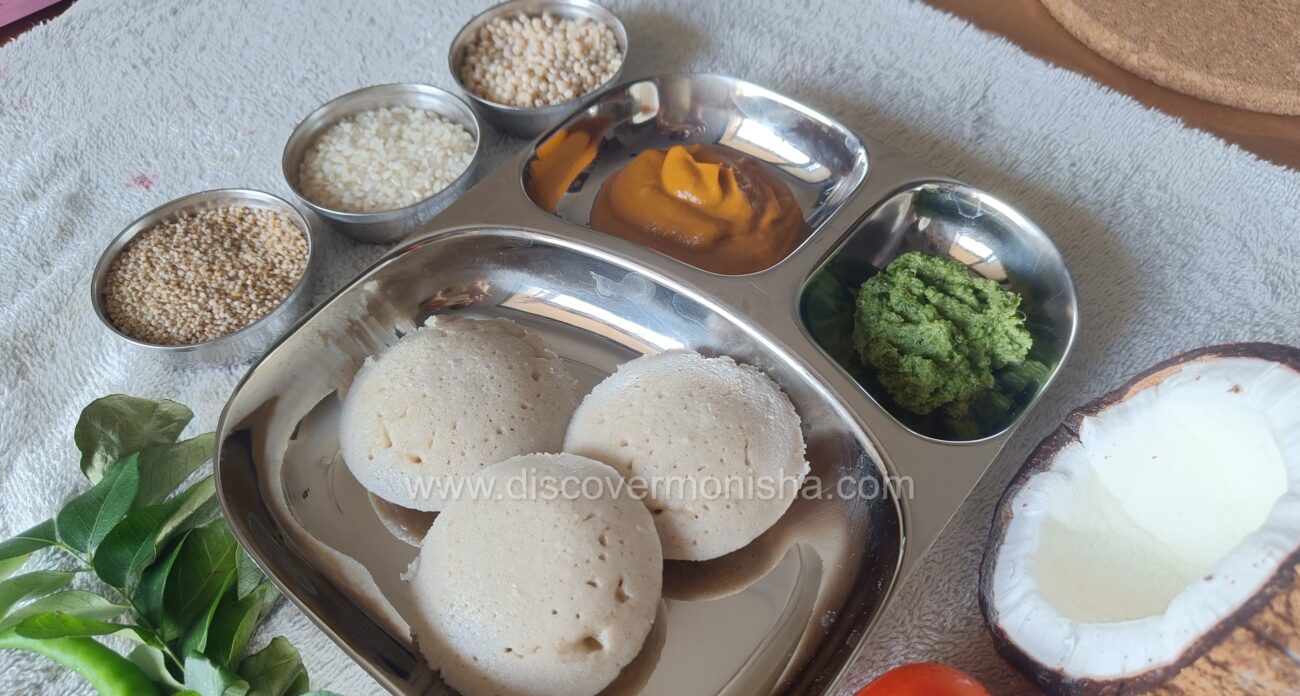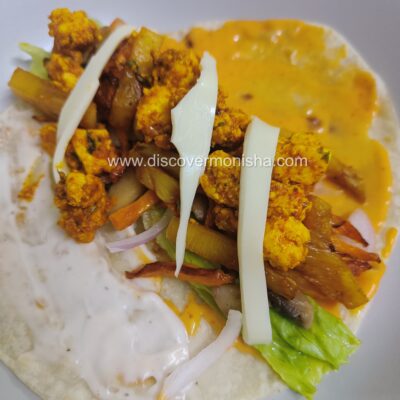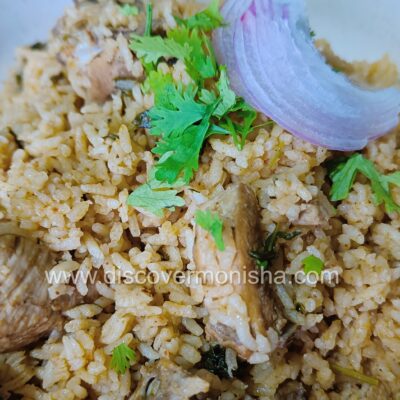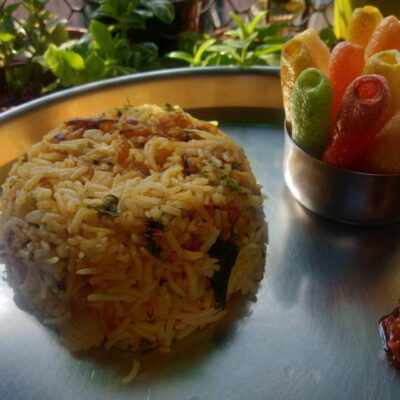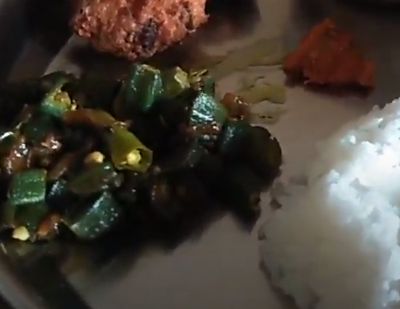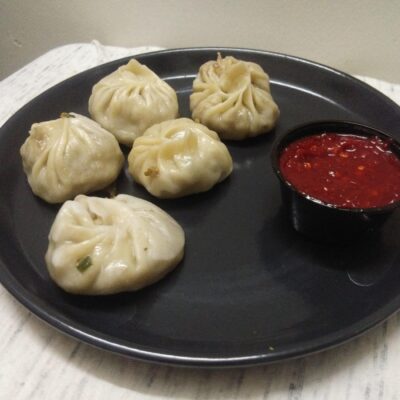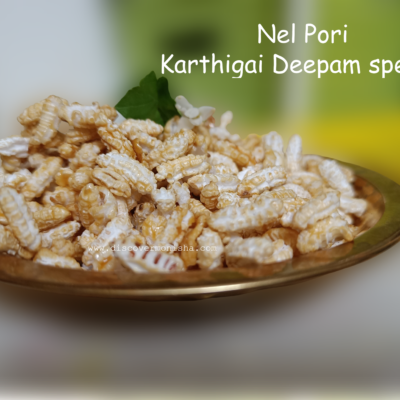Ingredients
-
3 cups MIllet (Barnyard/ Kodo / Little millet)
-
1 cup Idli Rice
-
1 cup Urad Dal
-
1/4 tspn Fenugreek seeds
-
1 tbsp Sago pearls
-
2 tspn full Salt
-
Enough to soak Water
Directions
While there are a variety of millets that we can use for making idli, like pearl millet (bajra), finger millet (ragi), sorghum (jowar), foxtail millet (kangni/korra), little millet (kutki/samai), barnyard millet (sanwa/jhangora), proso millet (chena/barri), kodo millet (kodra), and browntop millet (korle), according to my personal experience Barnyard, Kodo and little millet are the best millets for making idli.
They turn out exactly the same as the regular rice idli. Soft and fluffy, moist, and lightweight, and no doubt the fermentation is extraordinary due to the lightweight nature of millet. You can notice a lot more air bubbles within the fermented batter than in the regular rice batter. I usually make millet batter combined with a little rice to match my taste preferences.
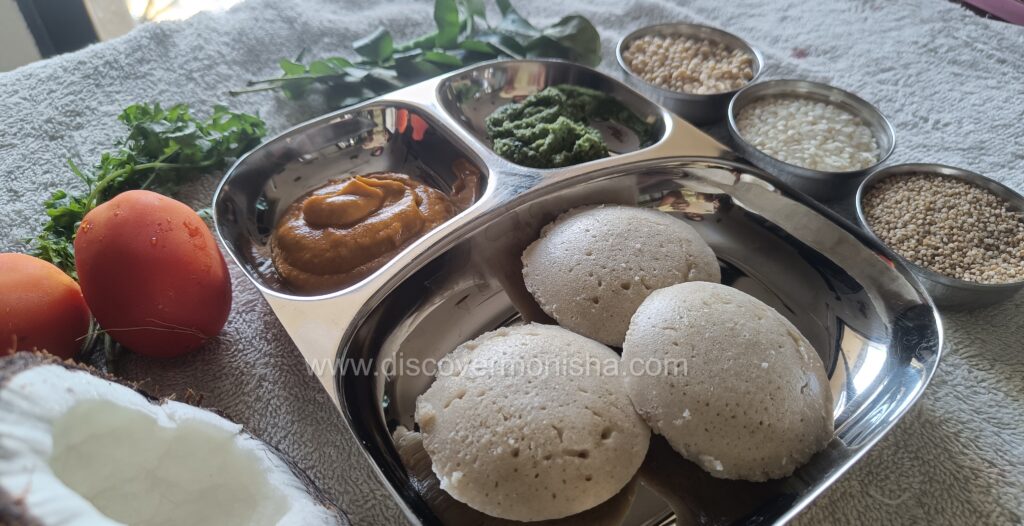
Is millet nutritious?
A frequent question that arises in people’s minds is whether these tiny grains actually have any nutritional benefits. Millet is always a better decision than rice due to its rich micronutrient properties: iron, calcium, magnesium, and B vitamins. Moreover, they are a rich source of fiber, protein and antioxidants. People with blood sugar issues can rely on this great supplement to cover up their daily dose of nutritional intake.
For babies and growing children, it supports their cognitive development, strong bones, healthy skin and internal organs, and is a good source of vitamins.
The magical fact about this grain is that it’s free of any allergic issue, so no matter what issue you are suffering or going through, keeping millet as a part of your regular diet will never make you regret it.
These days people whose lifestyles and healthy living are highly at risk should definitely switch to millet intake. Being South Indian, we are blessed to have amazing, age-old, highly healthy recipes with millet varieties that our ancestors have passed down to us. I am a person who was born and brought up in high-paced city life and never had an opportunity to learn and understand my culture’s influence over diet and healthy living. So I got down on my feet to explore a healthy living lifestyle that can suit myself and my family’s well-being.
How to make millet intakes interesting?
To be frank, I haven’t enjoyed millet in any form in my life. I started consuming millet seriously only after my daughter’s birth due to my declining health condition. Firstly, to start with my daughter, I started preparing light millets by roasting them, grinding them and sieving them with some added nuts and all, storing it in an airtight container. Preparing it on a weekly basis, I started serving this as a homemade multigrain health mix porridge to my daughter. Then slowly started introducing it as batter, porridge, soaked water, upma and making flour out of it and using it for chapati and dosa, etc. So, I can assure you that today millet has become the third most important grain at our home. Moreover, if I can make it, you can no doubt make it as well!
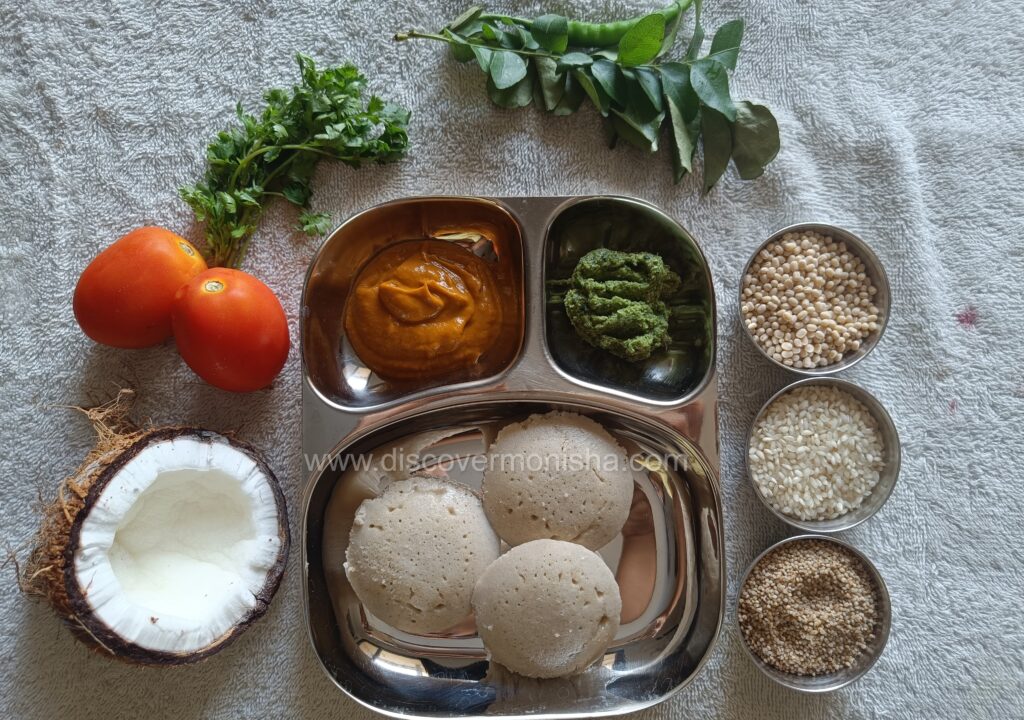
‘Millet Batter’ not as difficult as it sounds
The rule of thumb is always 1:4, where 1 is the part of urad dal + fenugreek seeds and 4 is the part of rice. Now, within the 4 parts, you have the liberty to divide rice and millet into the way you want. So I generally take 3 parts of millet (preferably little millet, kodo millet, or barnyard millet) with one part of parboiled rice. Soak it in separate containers. Firstly, we let the rice and millet soak, which needs around 8 hours of soaking time or a minimum of 6, depending upon the quality of your rice. Secondly, we soak urad dal a little later for around 2 hours. Do not let the soaking time be too long, as it will leave a strong sour smell post-fermentation.
I grind it in an idli grinding machine. preferably at night because the fermentation process happens faster when it’s dark. Grind urad dal first and rice second. Grind them separately. Bring it together in the same vessel, add salt and let it ferment overnight. Fermentation takes time depending on the climate, so consider 10-14 hours as the total time.
Check out my idli recipe with regular batter by clicking here
to find out more details for this recipe.
Check out the onion tomato chutney recipe by clicking here.
Check out the sambar recipe by clicking here.

